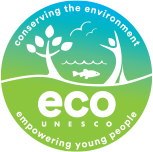How to Use this Toolkit
Welcome!
Welcome to the online Toolkit for Youth Eco-Activism! The aim of this course is to nourish the well-being of young people interested in bringing about change for our world, and to catalyse collective action for the earth. Using this toolkit, follow River’s journey to eco-activism through self-discovery and nature connection.
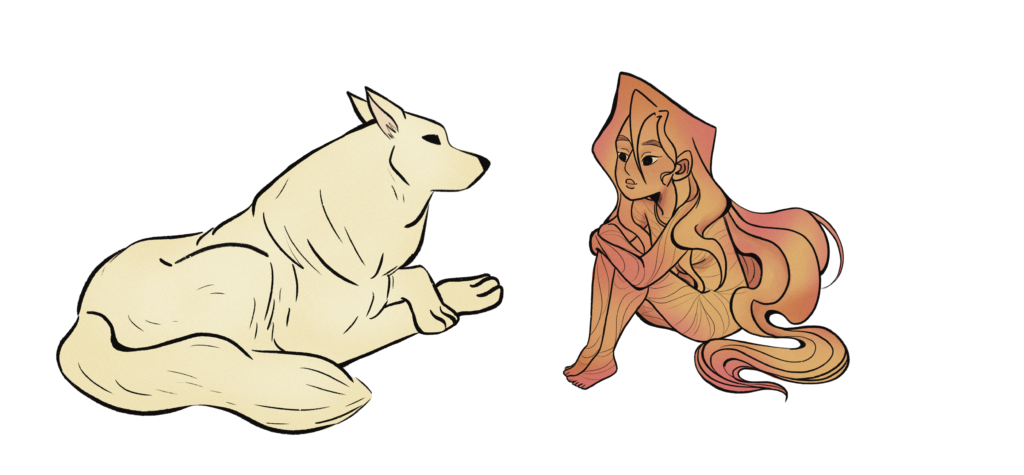
How to use the Toolkit
All community members can find value in reading this toolkit. Whether you are an eco-activist, an educator, or a young person interested in the environment, this toolkit can have implications for your life and help you respond to social-ecological challenges.
The toolkit can be used independently by the youth. It is primarily intended for individuals who wish to establish a collective group of local youth eco-activists. However, if you already have a group to collaborate with, that is fantastic.
There are two ways to navigate this toolkit. The toolkit can be read linearly, from start to finish through six phases of activism. If you are new to eco-activism, we recommend you work through the six phases one after the other, using the tools that resonate the most for you or your group. If you are already engaged with eco-activism, you may find it more helpful to follow particular Learning Icons, based on your interests or needs. Both of these approaches are explained below.
It is possible to get creative with the tools and activities presented throughout the toolkit, using nature as a canvas, drawing patterns and ideas with sticks or stones into the earth. However, having a recycled notebook on hand will be beneficial, as many of the activities encourage reflection and writing. For some activities, a template has been made available, which can be accessed in the “Materials” tab at the top of the page in the relevant topic.
A Linear Approach
The toolkit can be read linearly, from start to finish through six phases of activism. This is a journey you may take with River, the main character featured in this toolkit. Along the way, you and River will encounter a variety of animals that will present tools and activities for eco-activists to try.
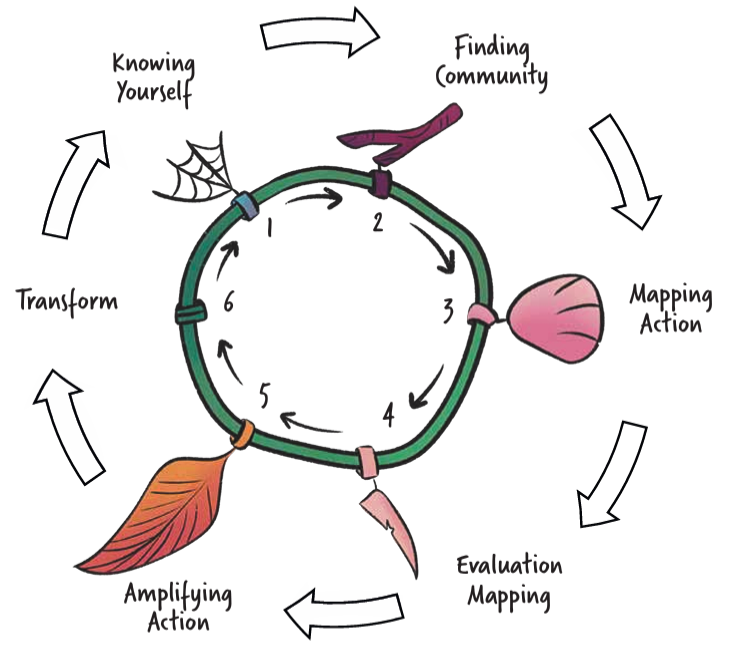
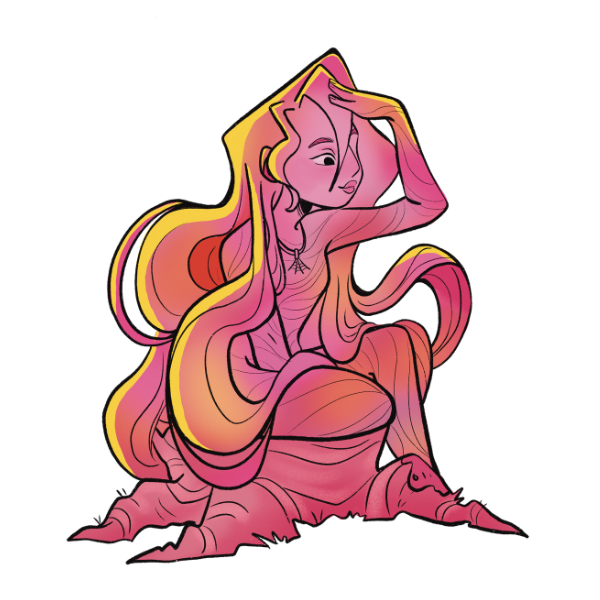
River
River is the main character and protagonist of the toolkit. She begins her journey in phase one, exploring her own self and how she connects with nature around her. Initially, River has a limited knowledge of eco-activism. However, by progressing through the six phases, she ends up fully immersed and embedded in her ecosystem - equipped with a variety of tools to take meaningful action and focus on her well-being at the same time. River will crop up regularly to interact with the tools and help unpack their uses.
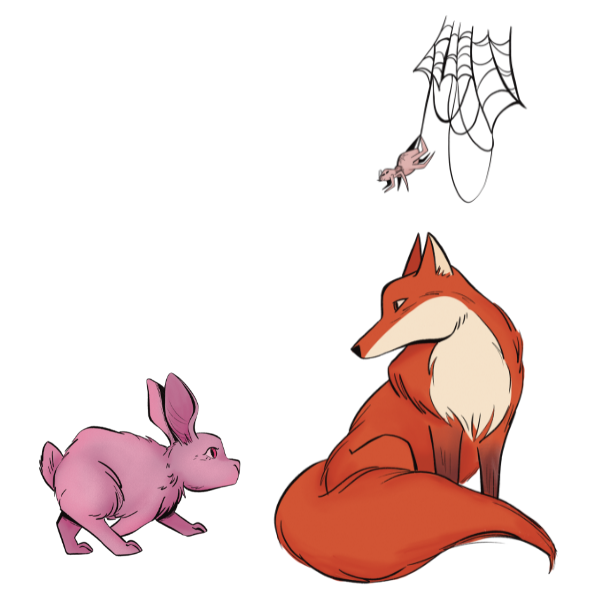
Friends
River encounters a series of friendly creatures through her journey. These animals all have unique perspectives on the world, and they offer some advice and examples of how they like to use the tools that River stumbles upon. The friendly creatures can be really useful for River, and hopefully for you too!
Learning Icon Approach
Another possibility is to navigate your way through the toolkit using the learning icons, illustrated below. 7 icons appear in this toolkit, each referring to a specific learning method. These icons provide you with some flexibility in the navigation of this toolkit. If you find yourself drawn into a particular method, you can skip around the Phases to find other instances of that method and icon. If you are already engaged with eco-activism, you may find it more helpful to focus on what is needed at the moment or skip certain phases. You can find a list of course topics and the associated Learning Icons in the Materials tab above.
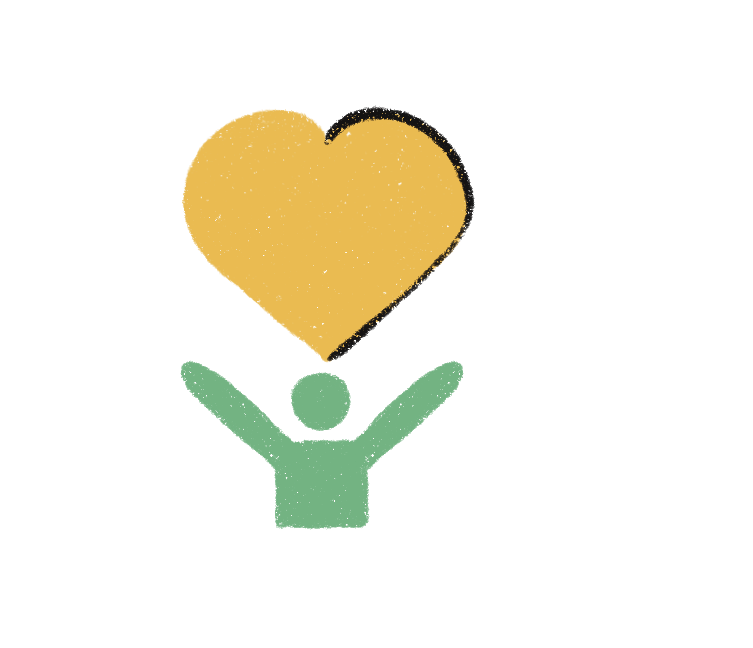
Well-being

Nature Based

Civic Engagement
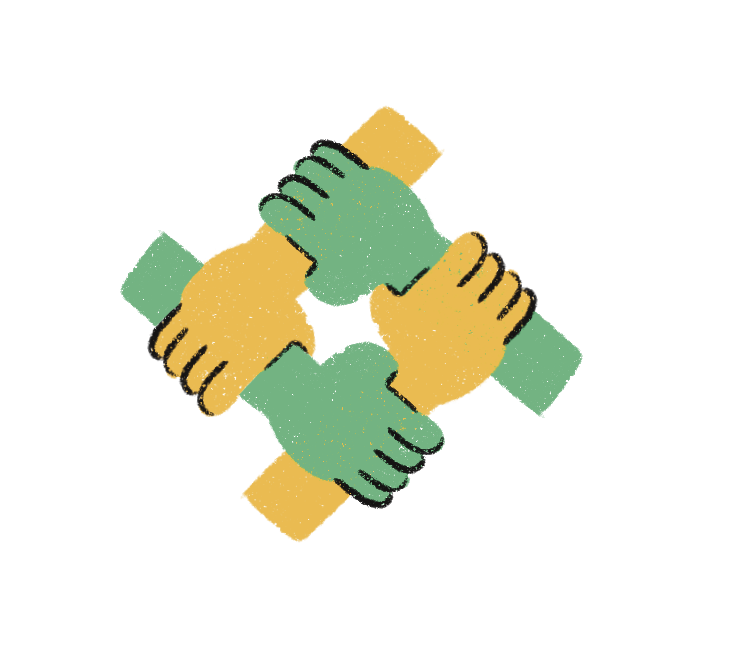
Community Learning
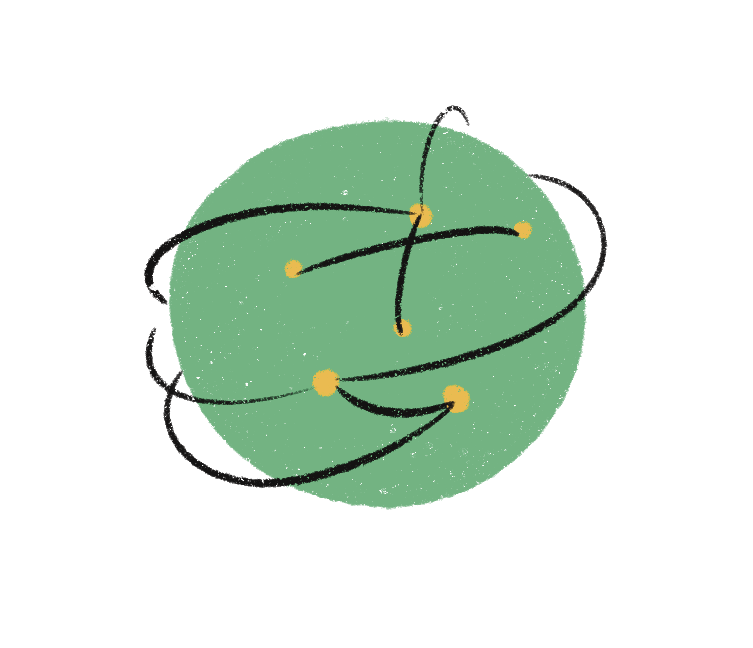
Systems Thinking
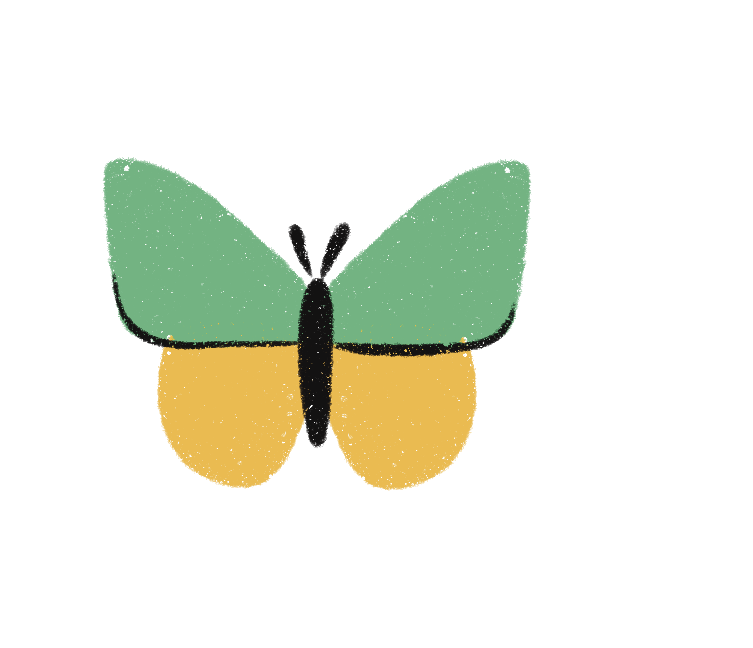
Transformative Learning
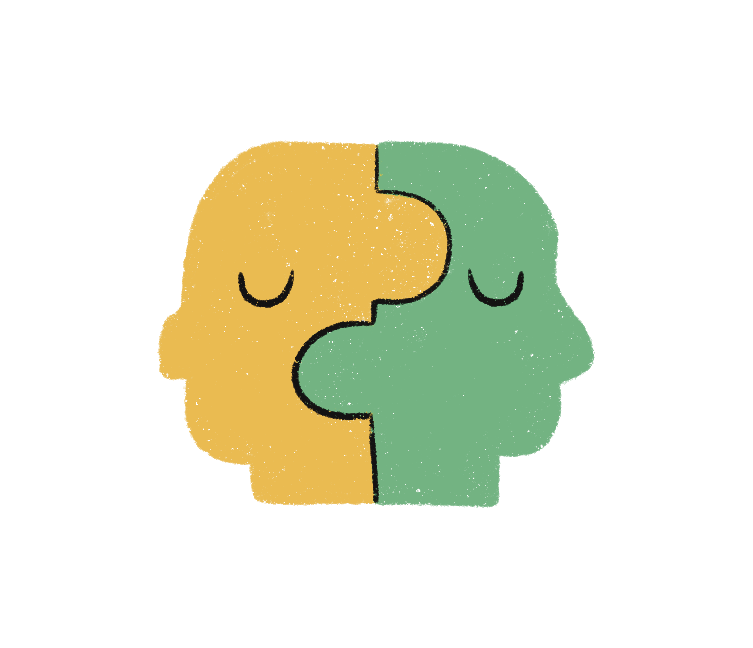
Peer Education
Content
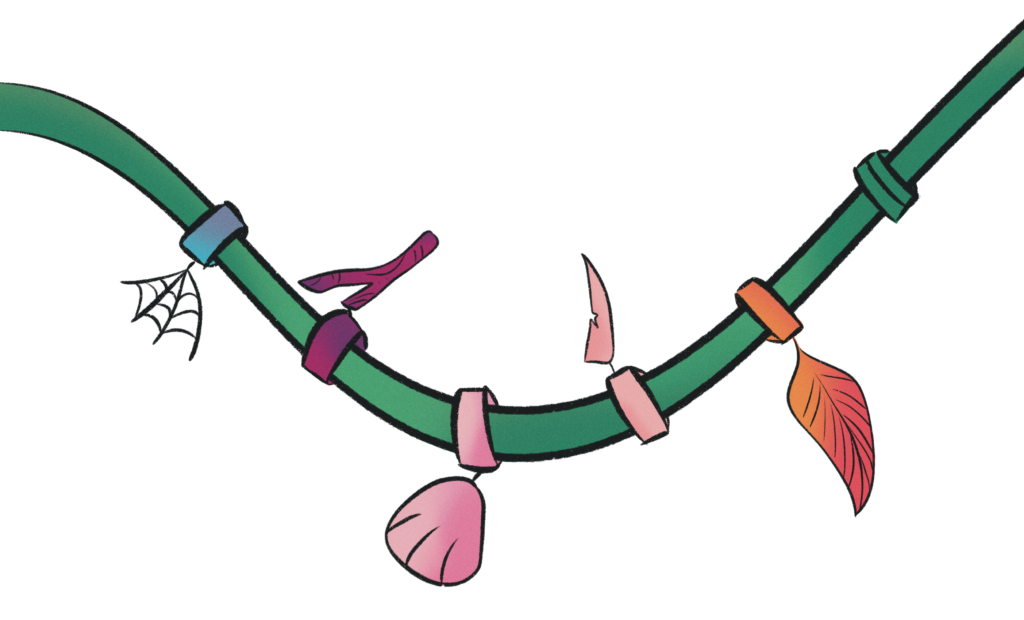
The course is divided into lessons, which are further divided into topics and quizzes. In this toolkit the quizzes are not used to test your knowledge or to “pass” the course; instead, use them as a means of reflection on what you’ve learned.
The course content can be viewed in the contents table below. You can use the contents table or the panel to the left of the page to navigate the course. Please note, you should only click “Mark Complete” at the end of a lesson when you have completed all of the topics within that lesson. This will take you to the next lesson of the course, or Phase in the Toolkit. Within a topic, feel free to use the “Mark Complete” button to move on to the next topic within the lesson.
Once you have completed all lessons within this course, you will earn a certificate to mark your completion of the Toolkit! This can be downloaded from the Toolkit Course Page or from “My Account” at the top of the page.
Content
The course is divided into lessons, which are further divided into topics and quizzes. In this toolkit the quizzes are not used to test your knowledge or to “pass” the course; instead, use them as a means of reflection on what you’ve learned.
The course content can be viewed in the contents table below. You can use the contents table or the panel to the left of the page to navigate the course. Please note, you should only click “Mark Complete” at the end of a lesson when you have completed all of the topics within that lesson. This will take you to the next lesson of the course, or Phase in the Toolkit. Within a topic, feel free to use the “Mark Complete” button to move on to the next topic within the lesson.
Once you have completed all lessons within this course, you will earn a certificate to mark your completion of the Toolkit! This can be downloaded from the Toolkit Course Page or from “My Account” at the top of the page.

You can find a list of course topics and the associated Learning Icons here: Toolkit Learning Icons
